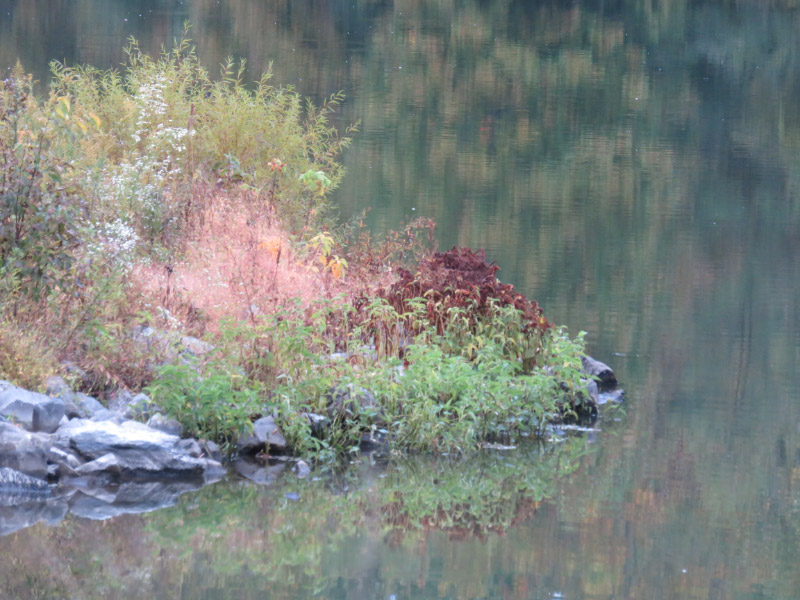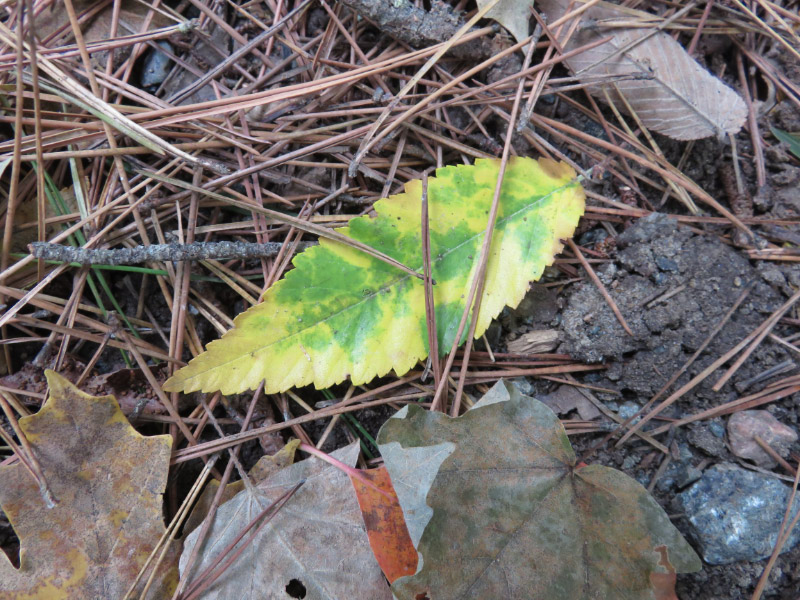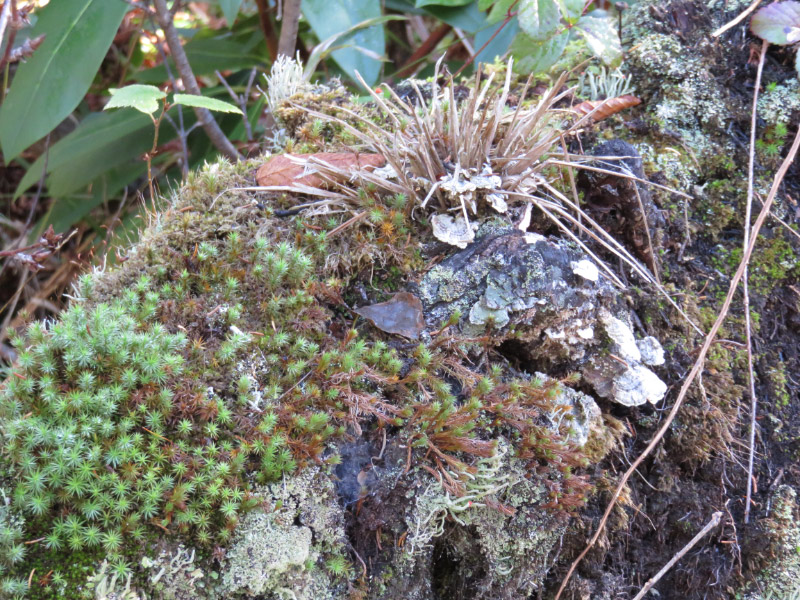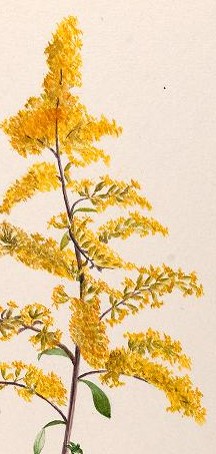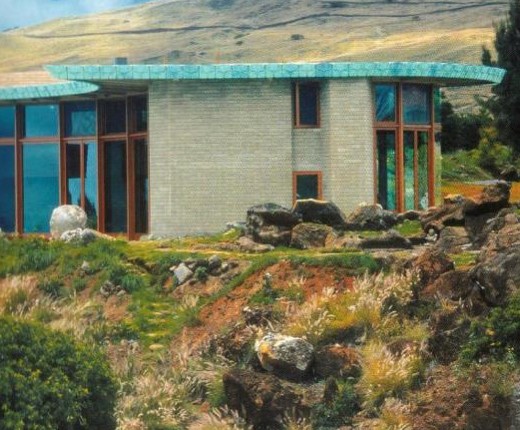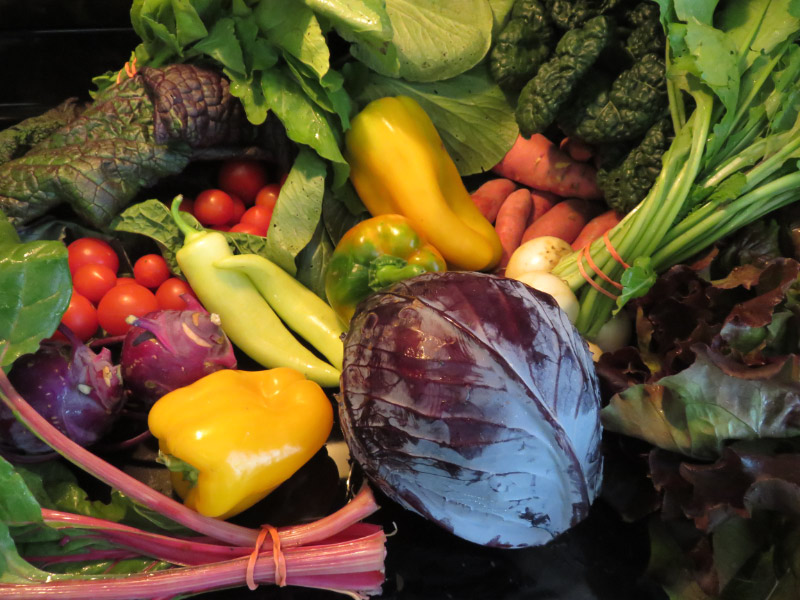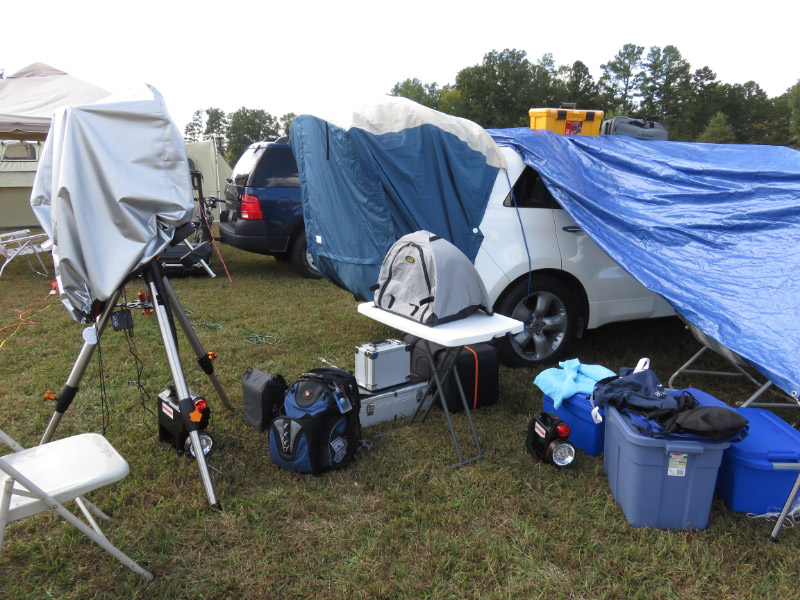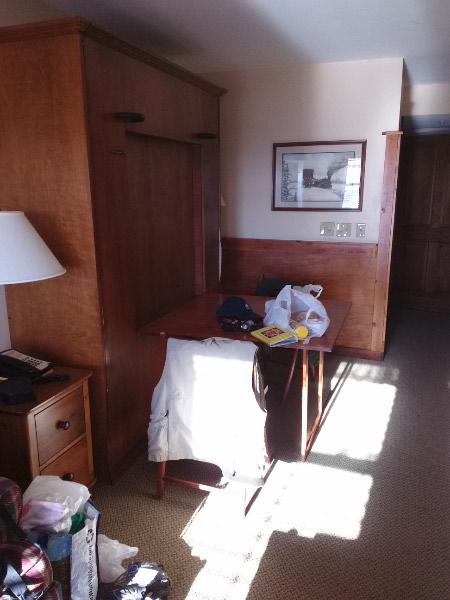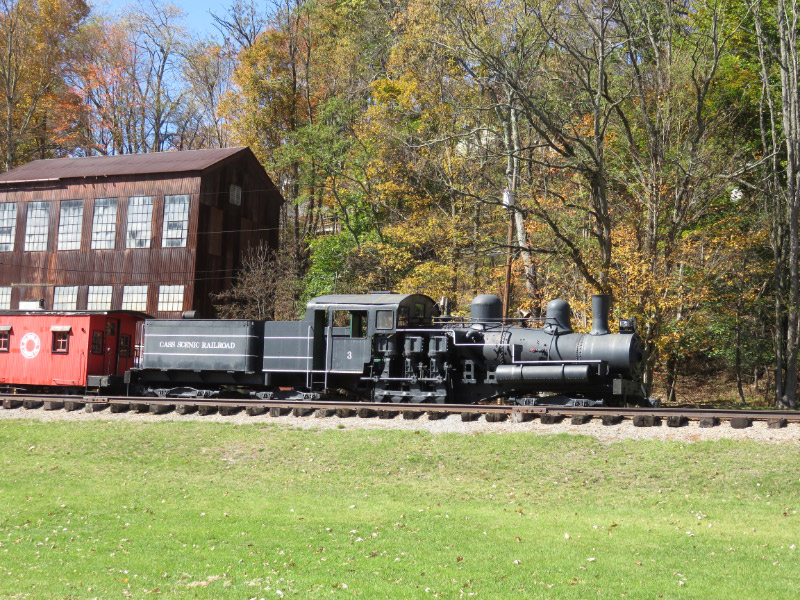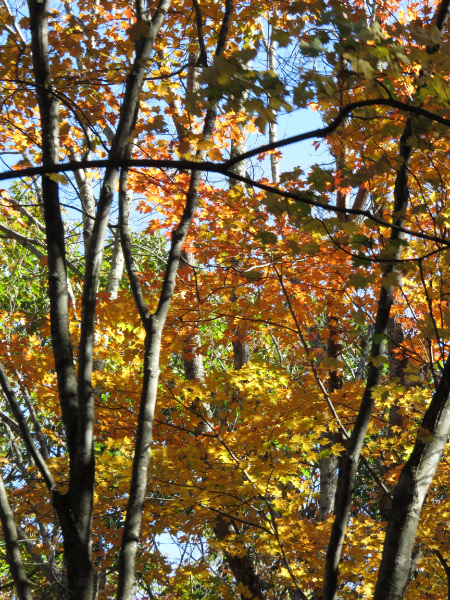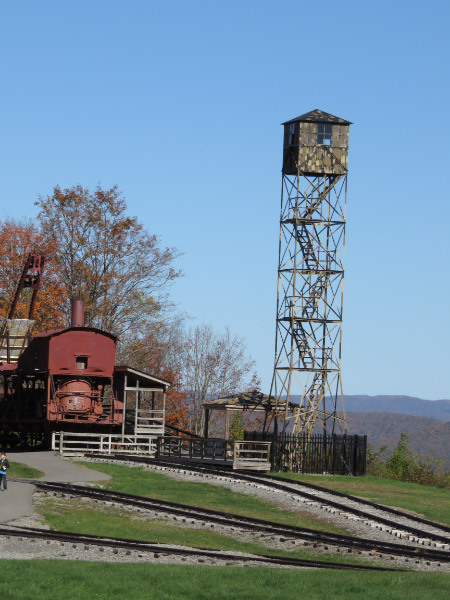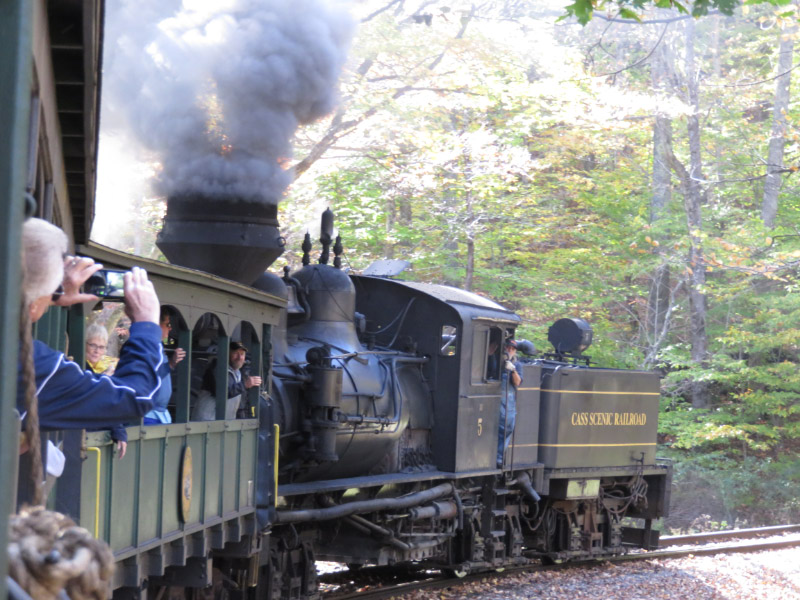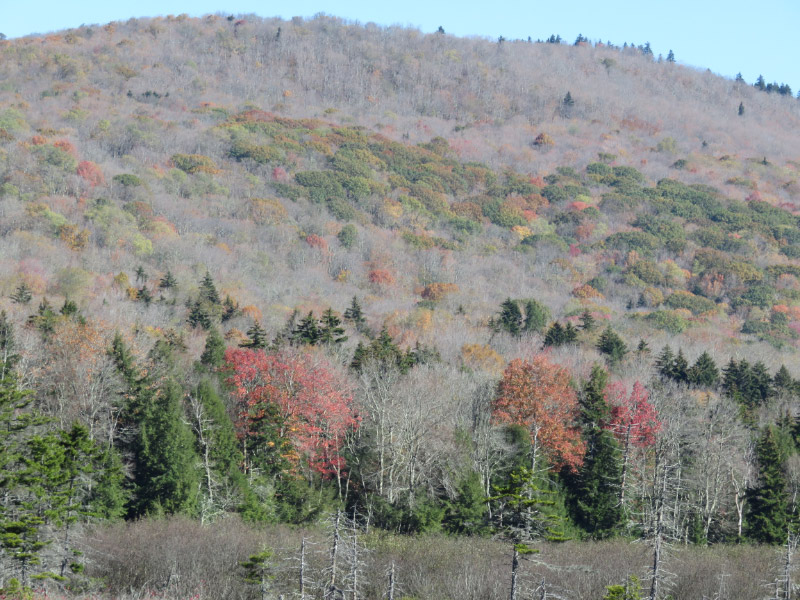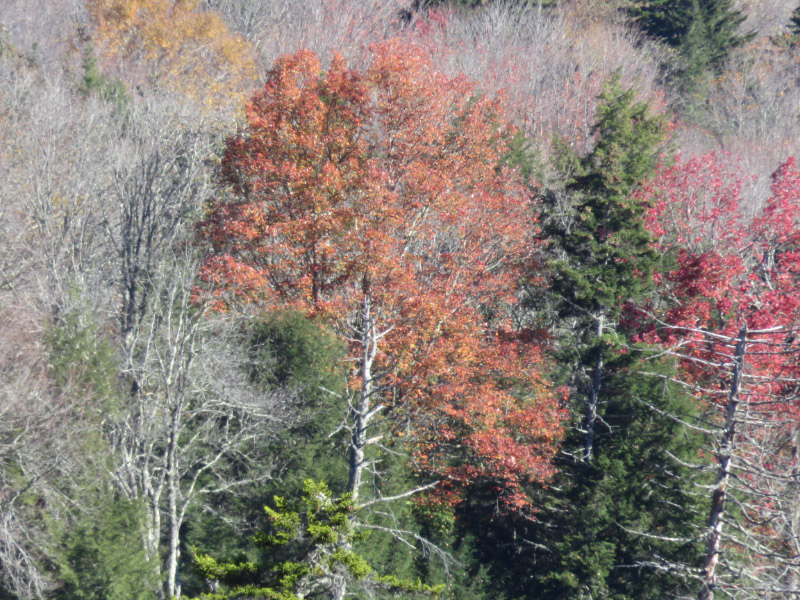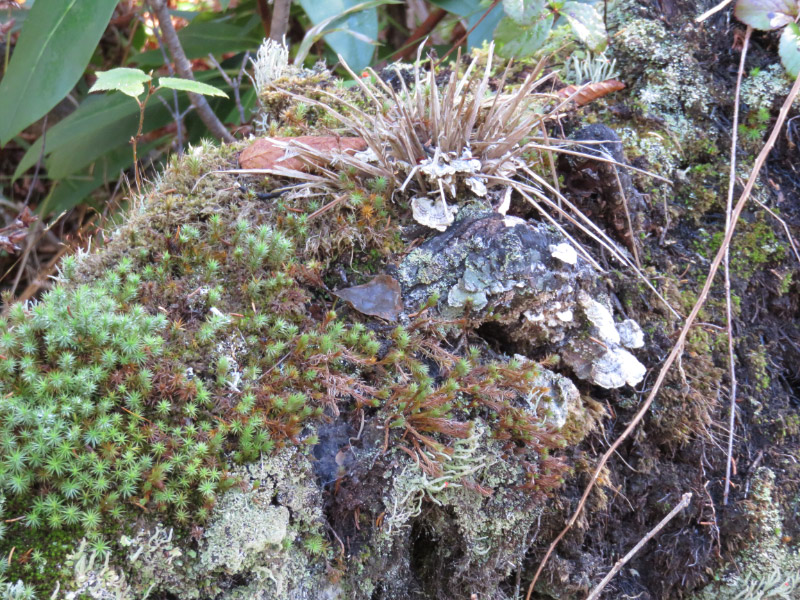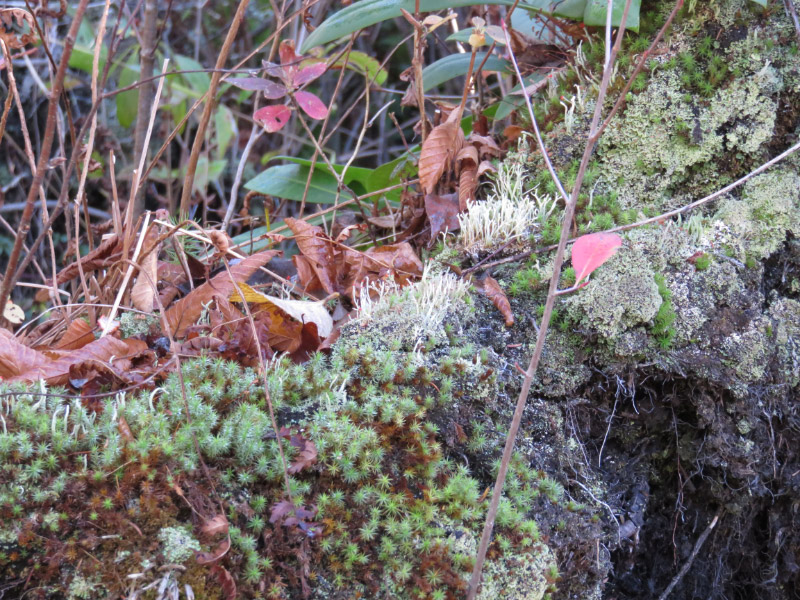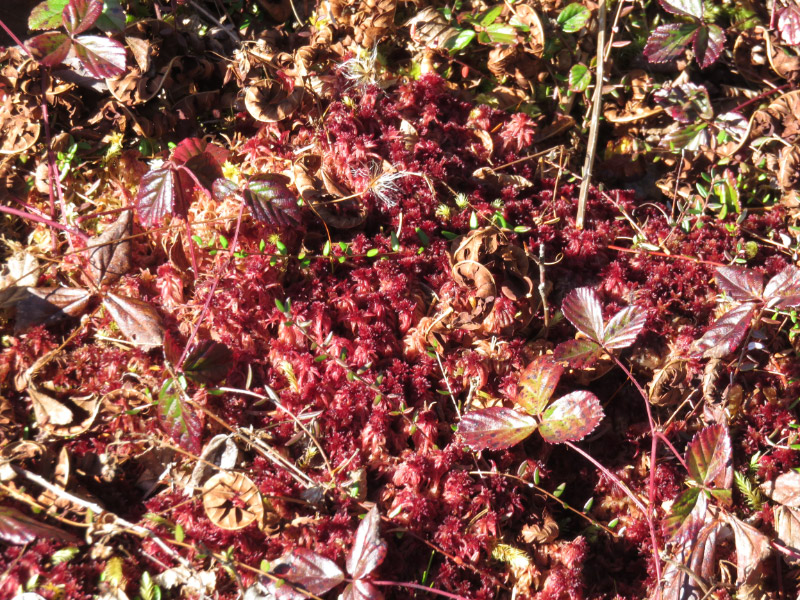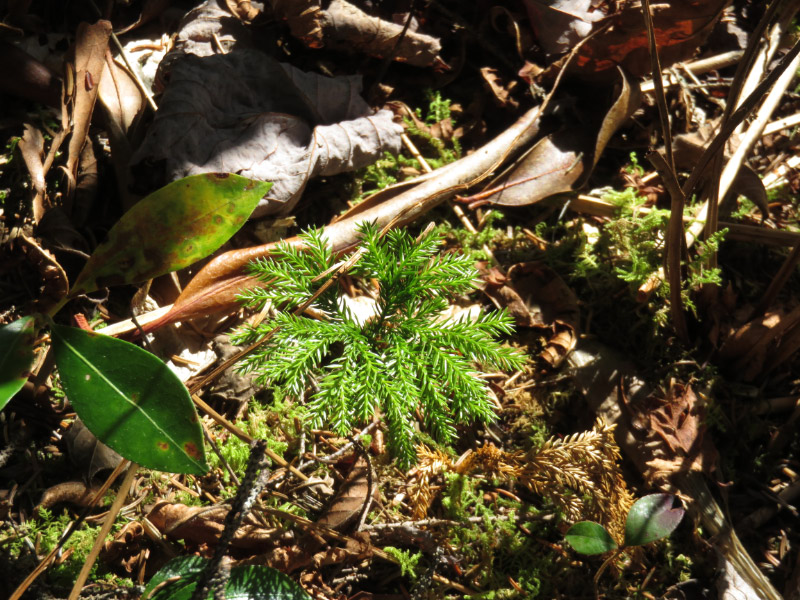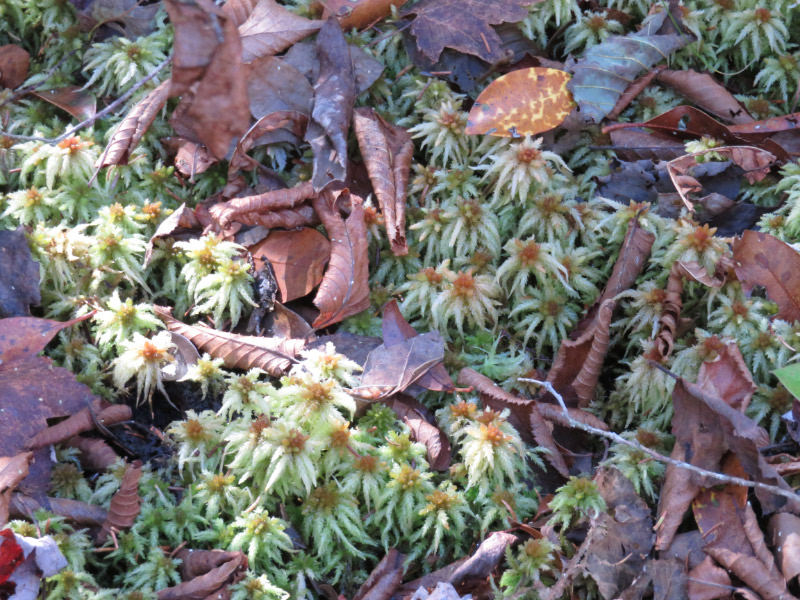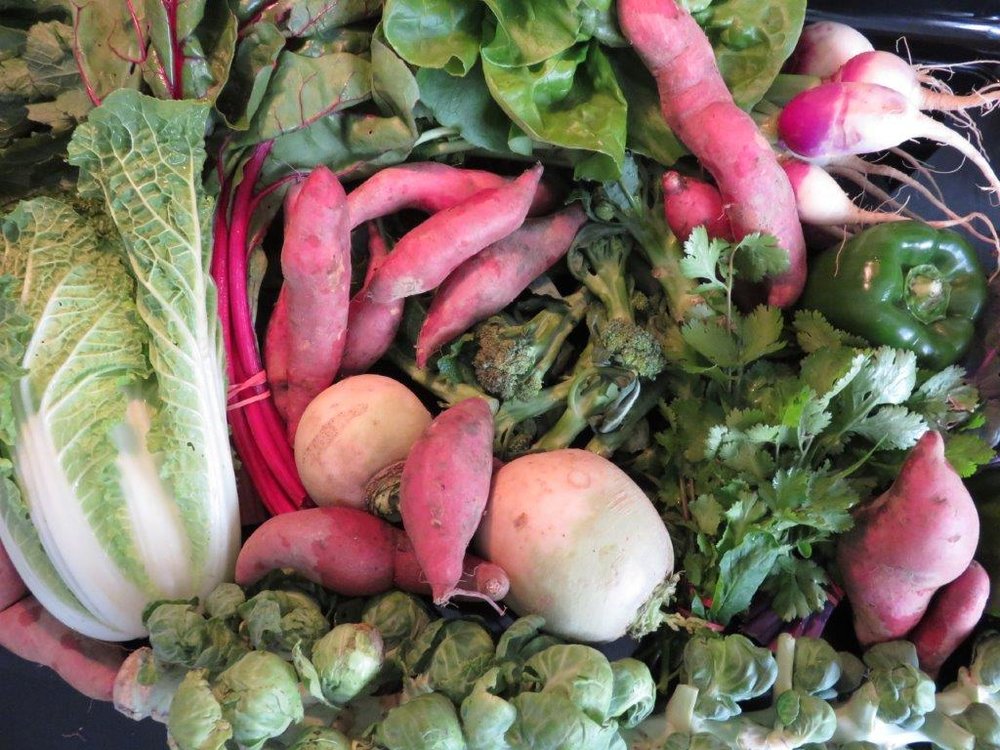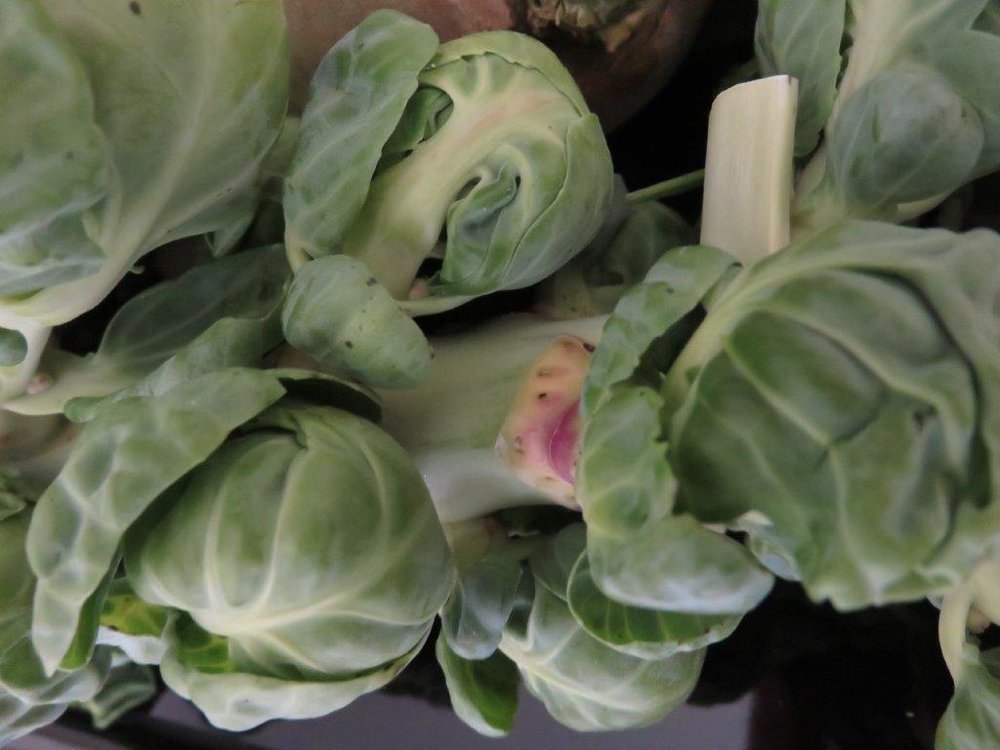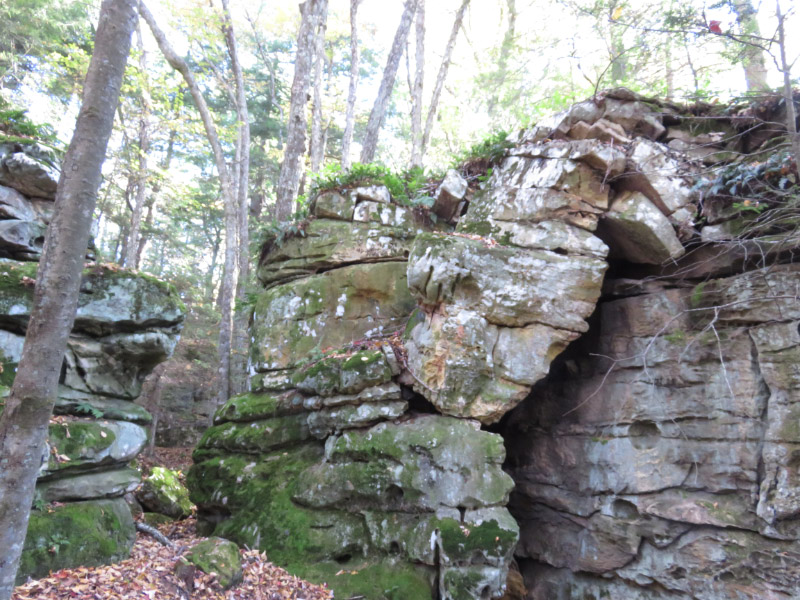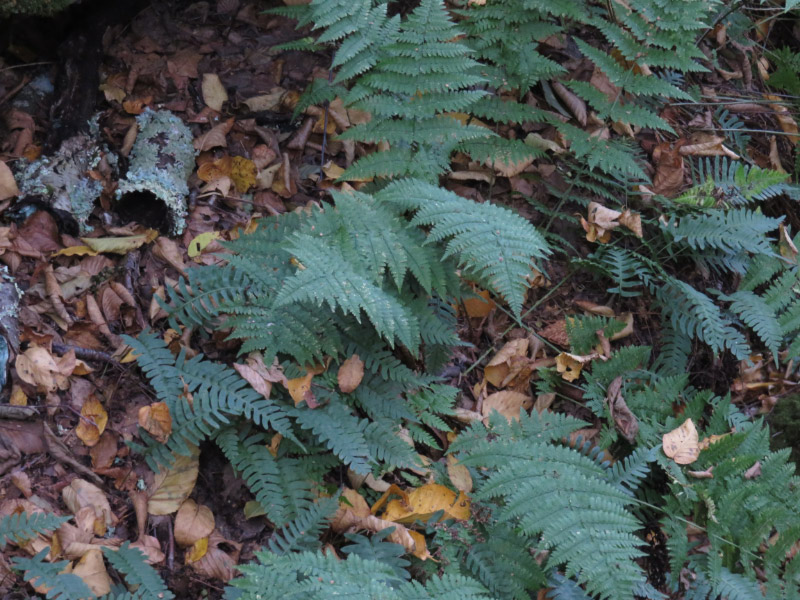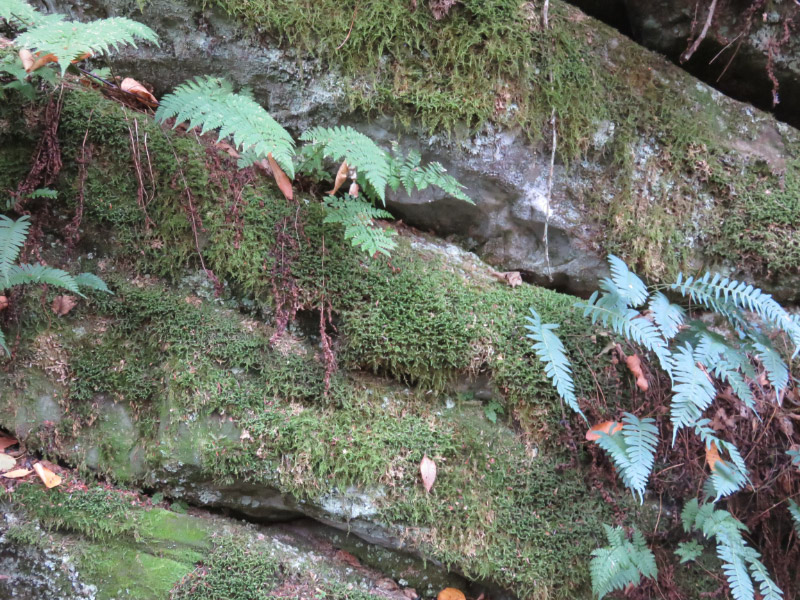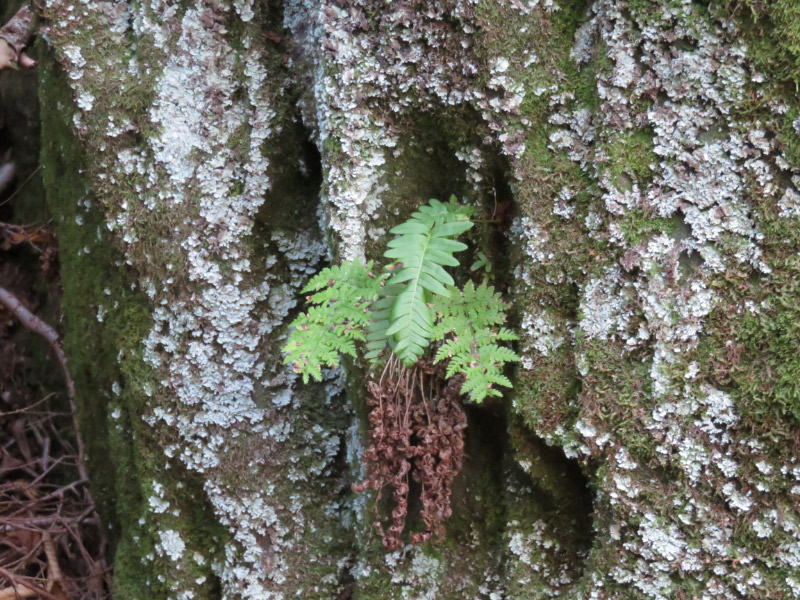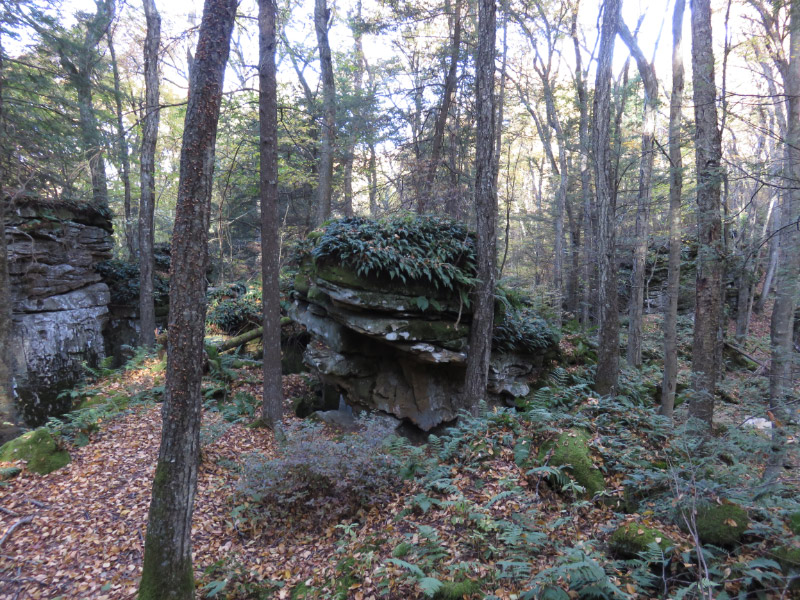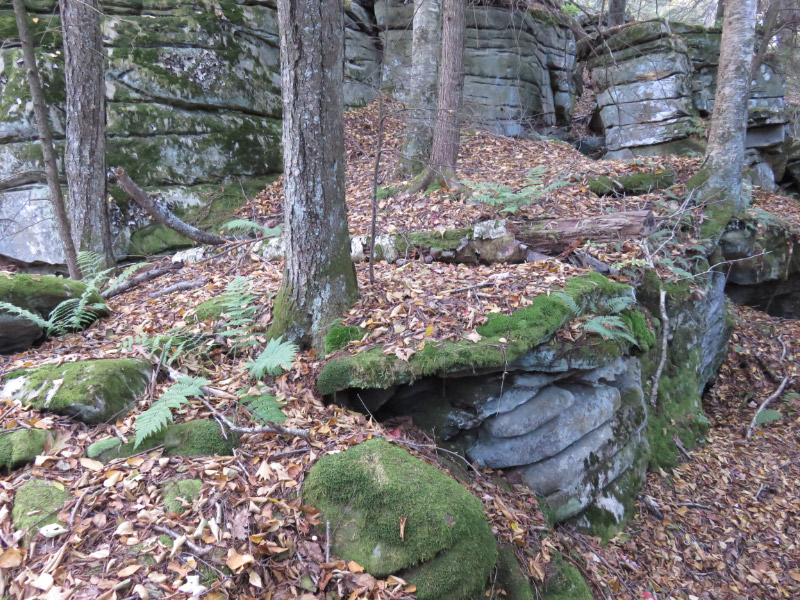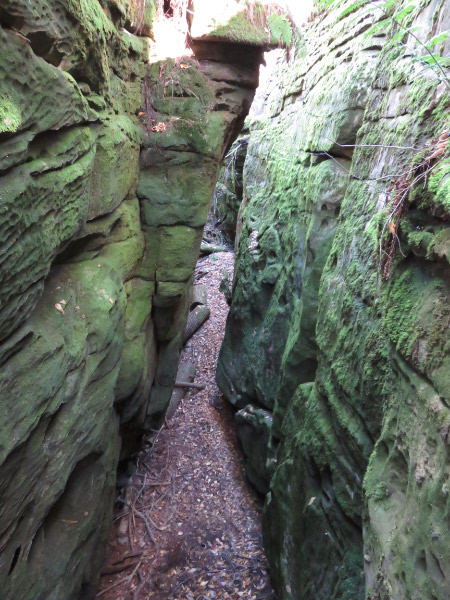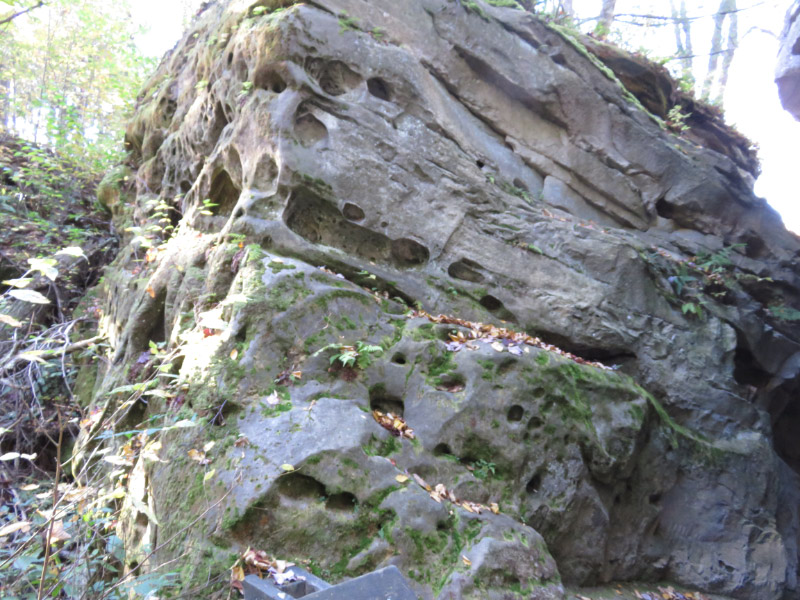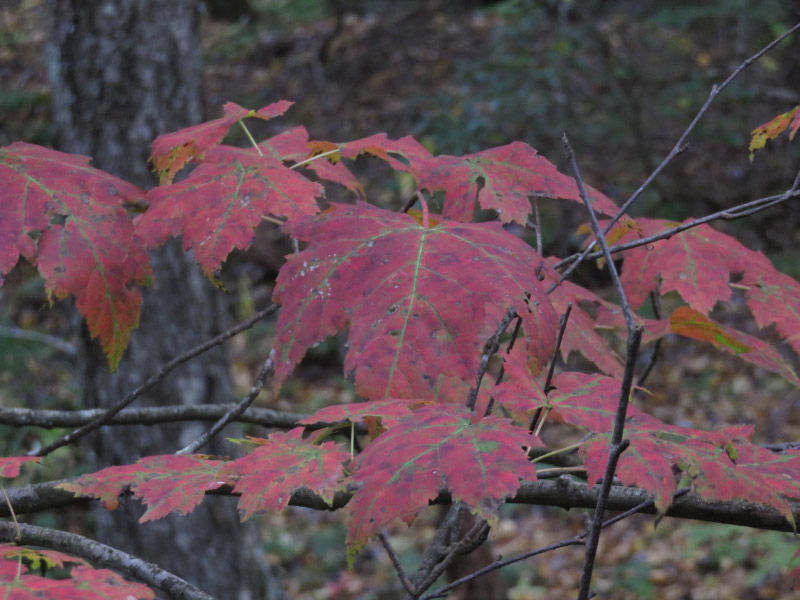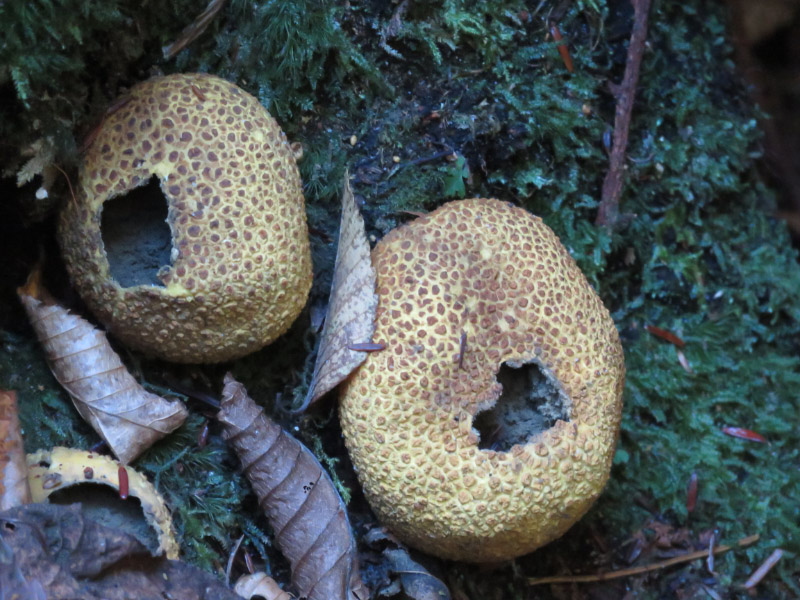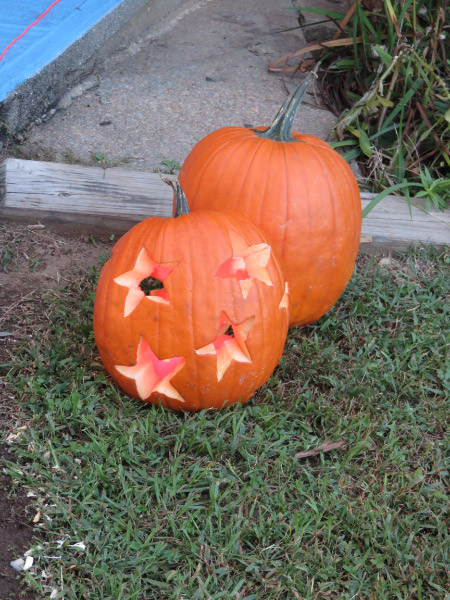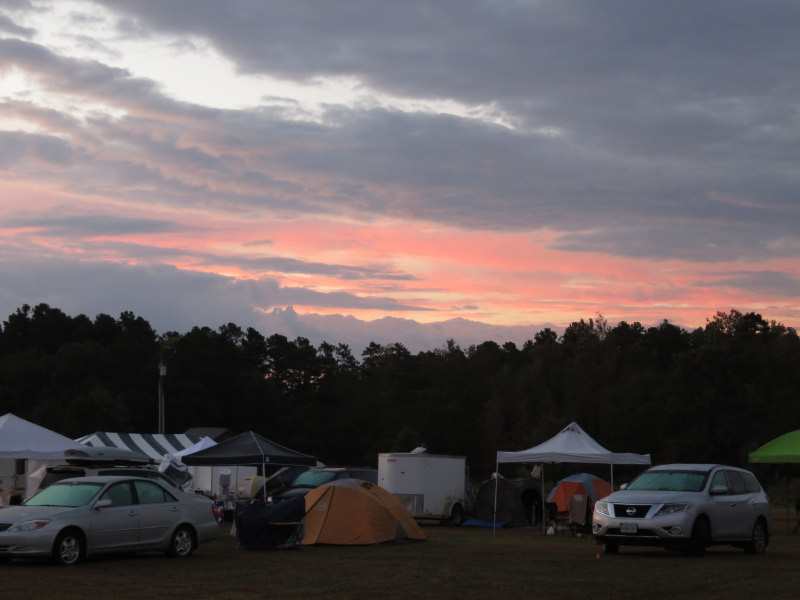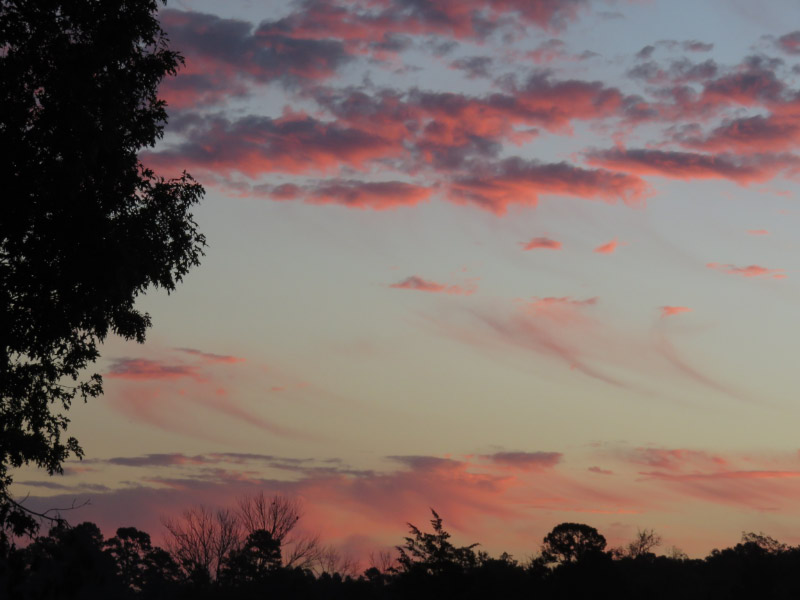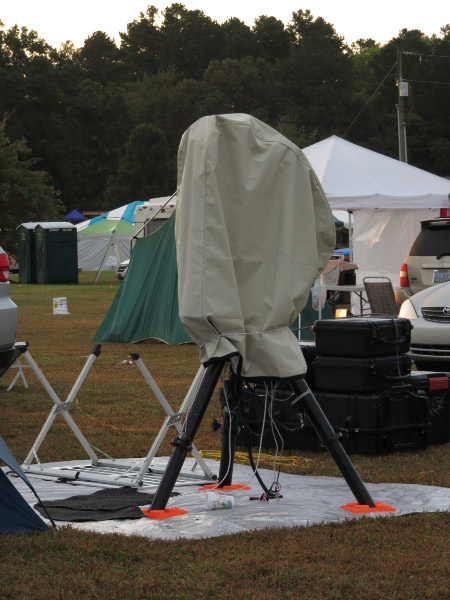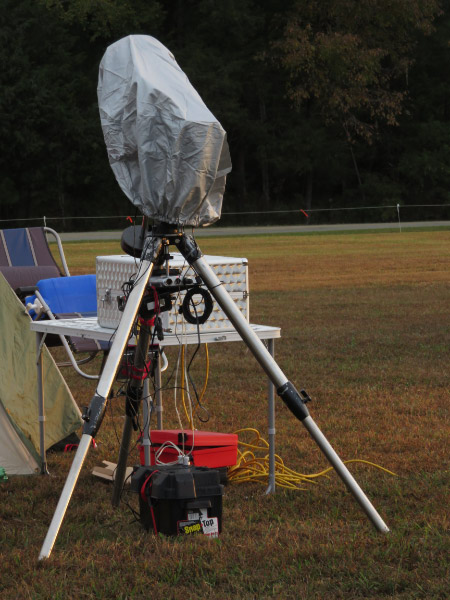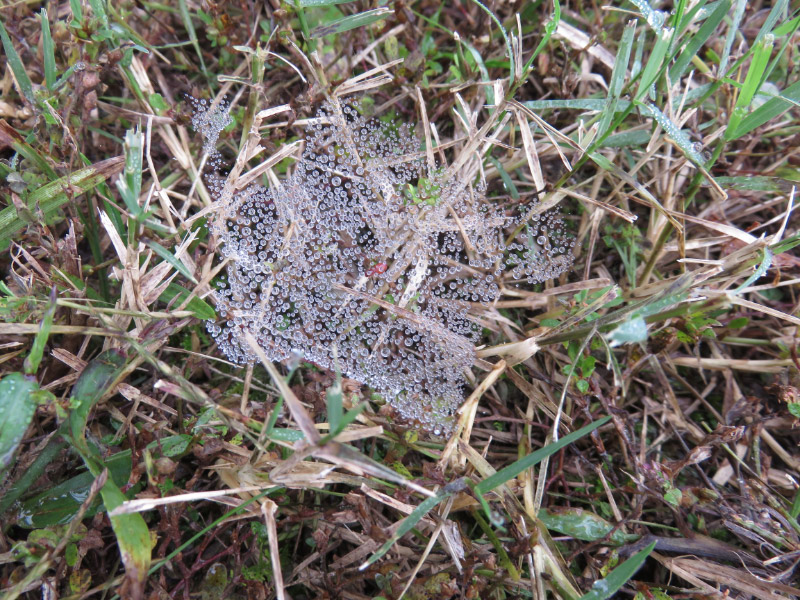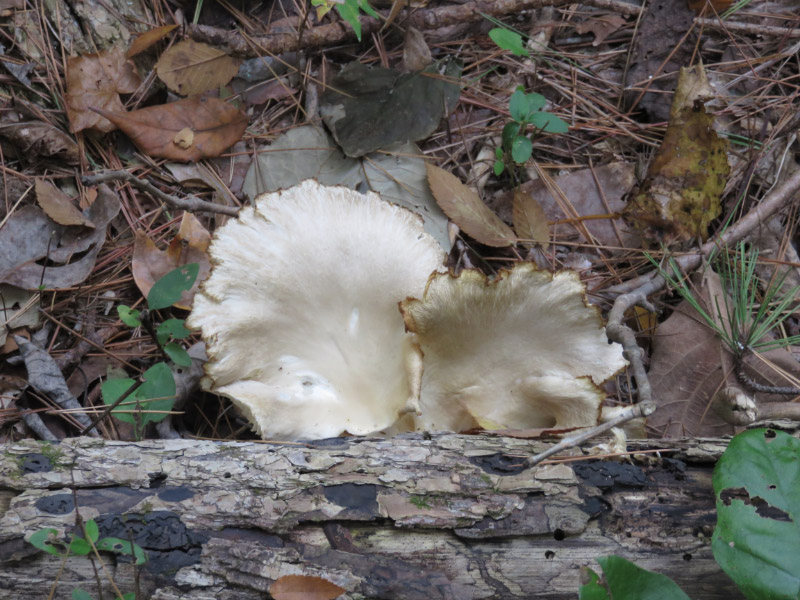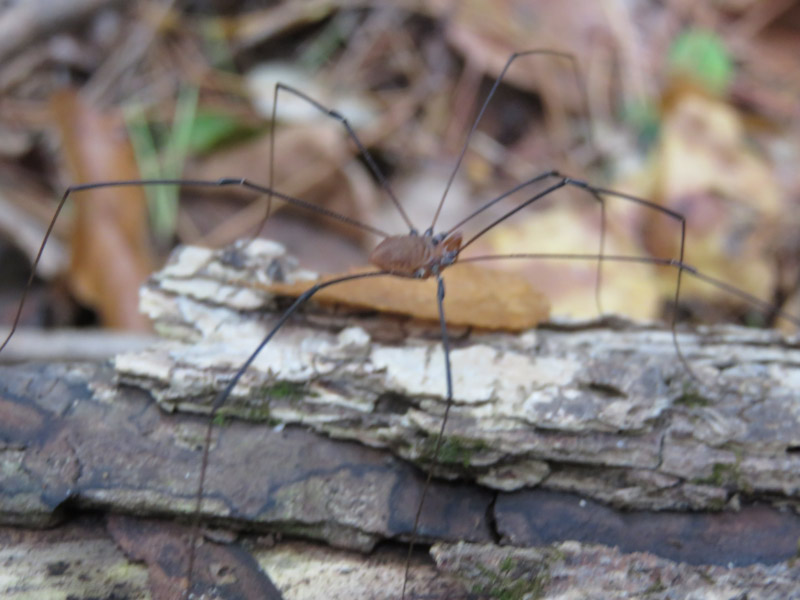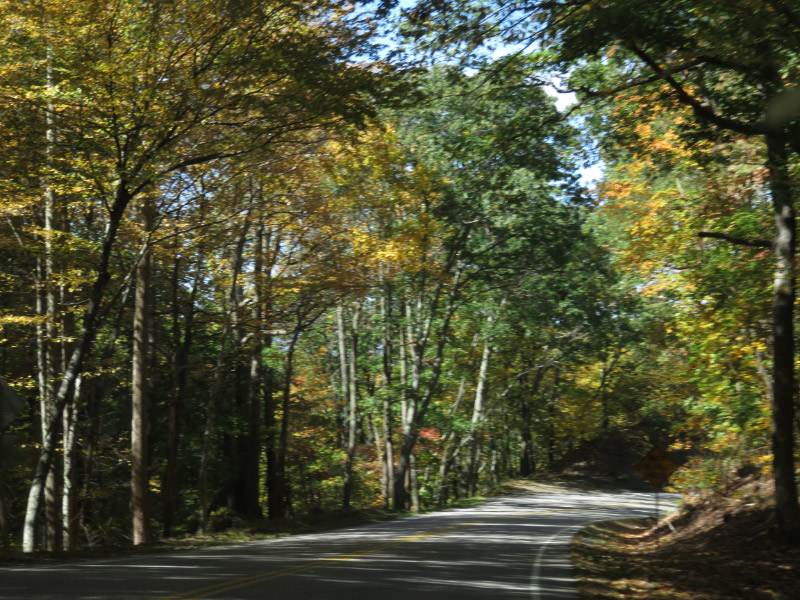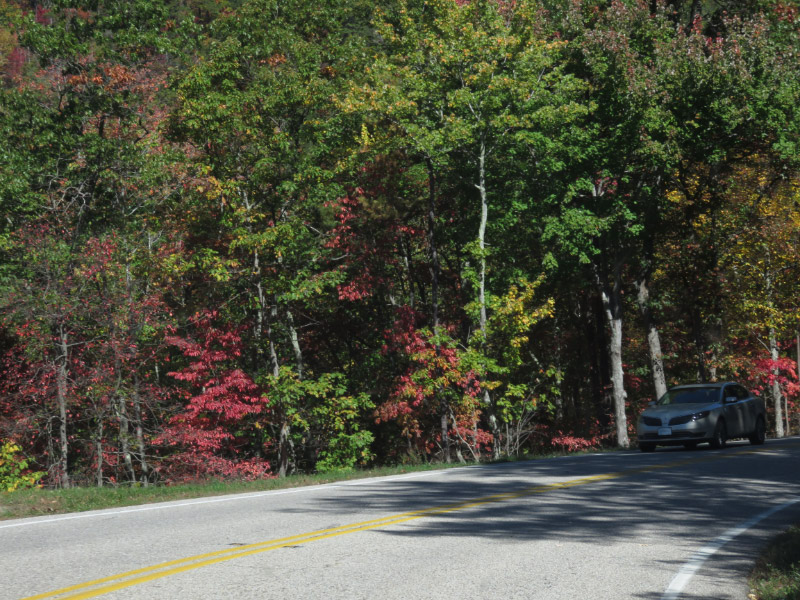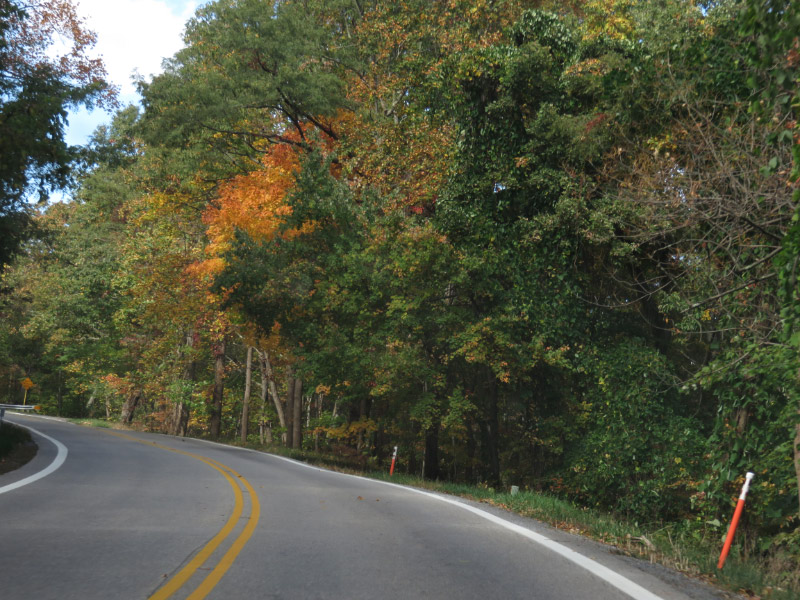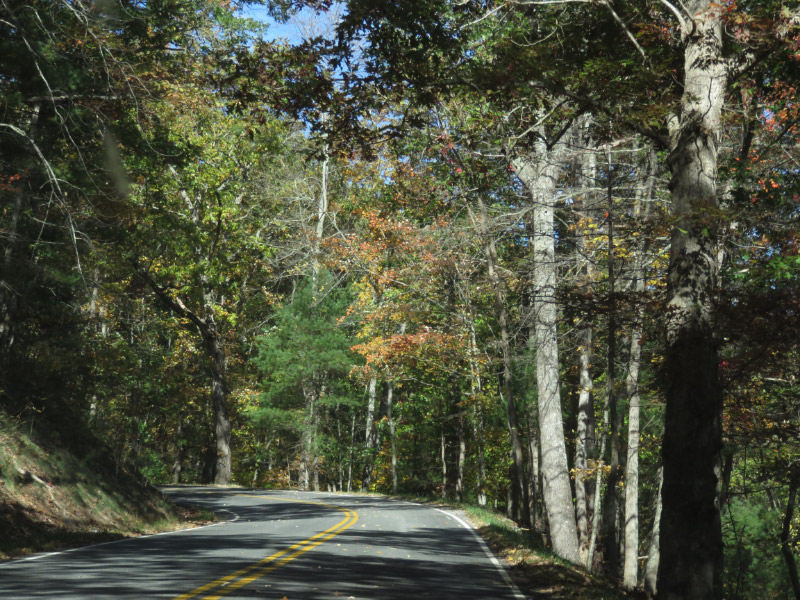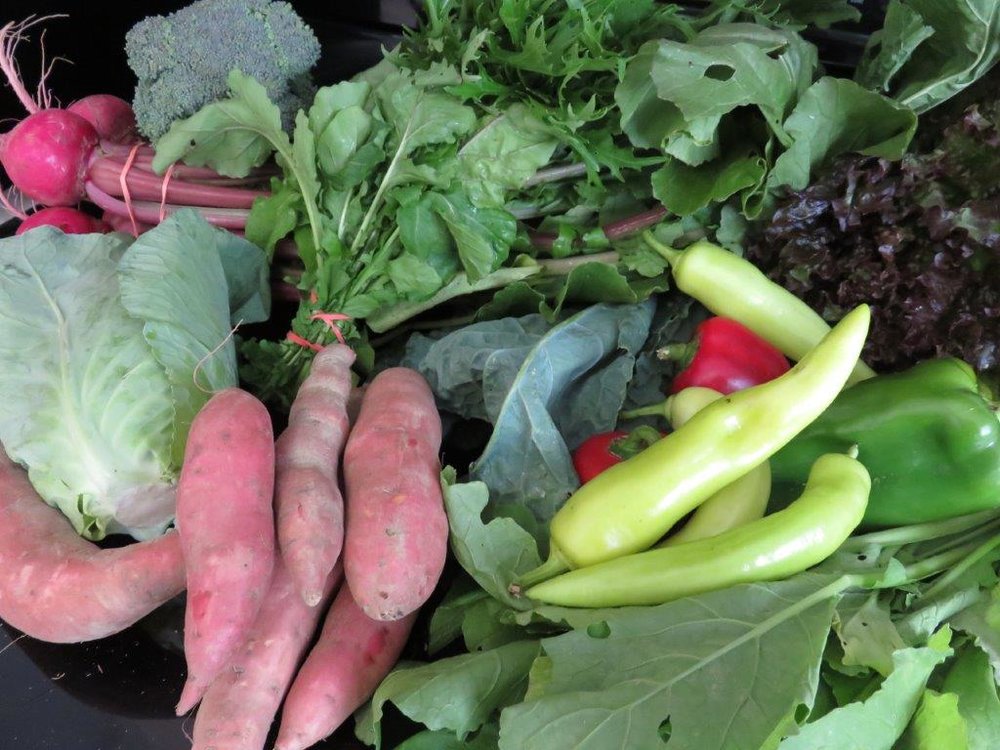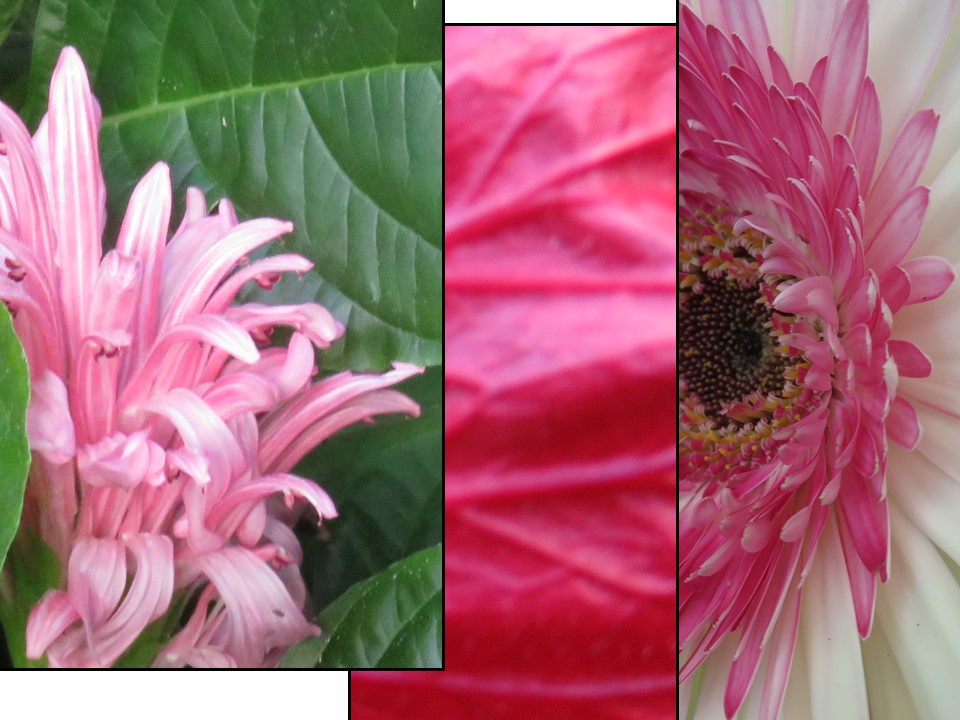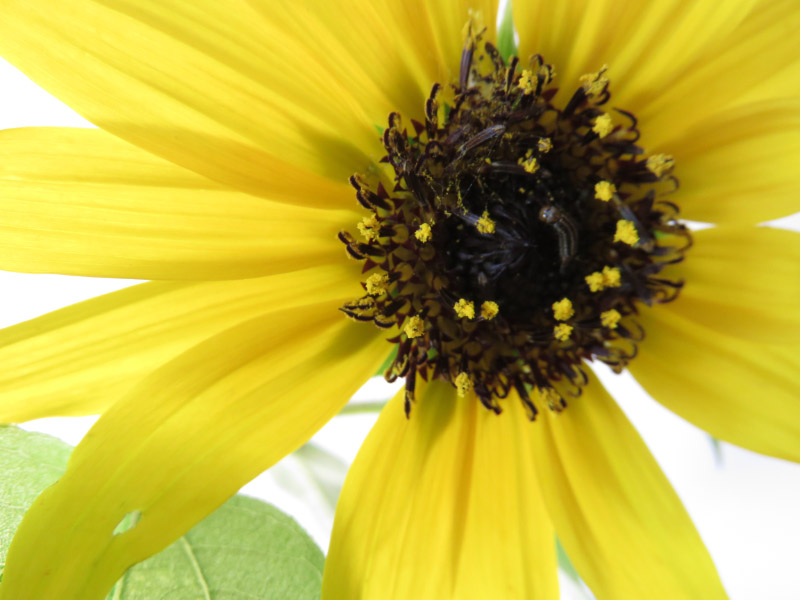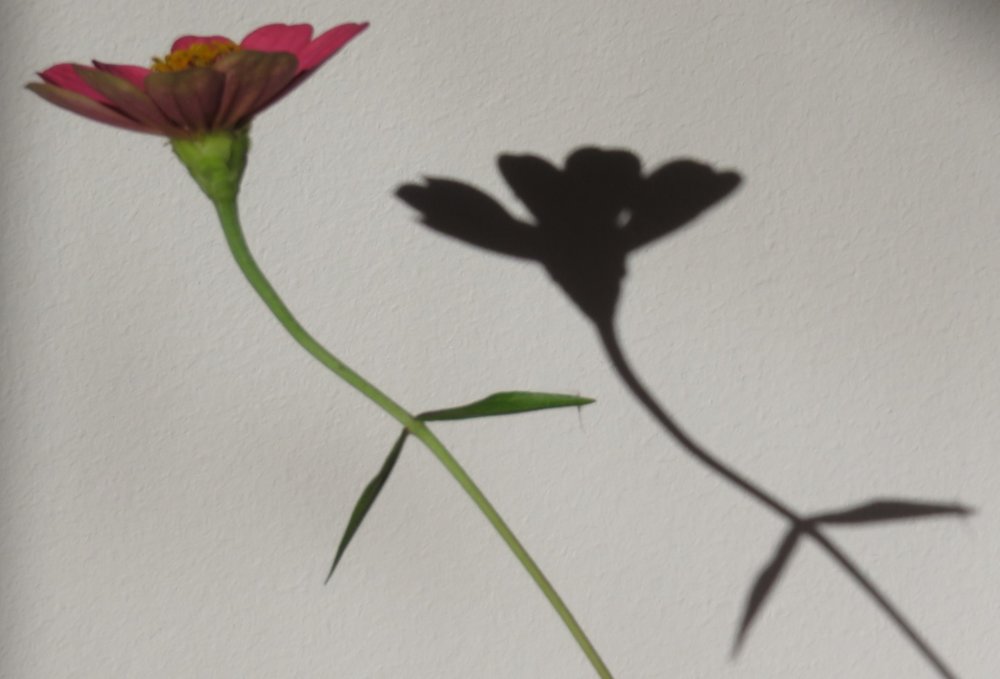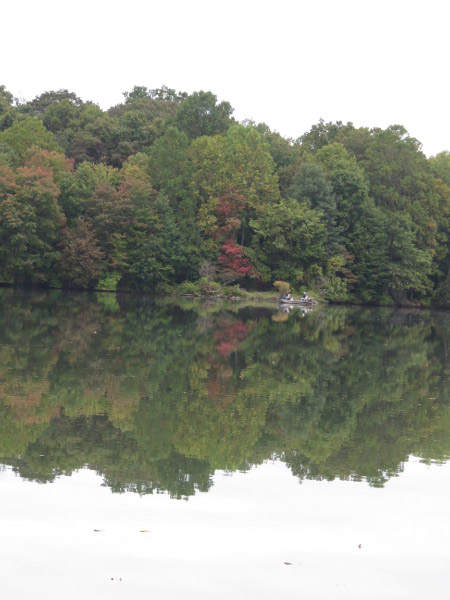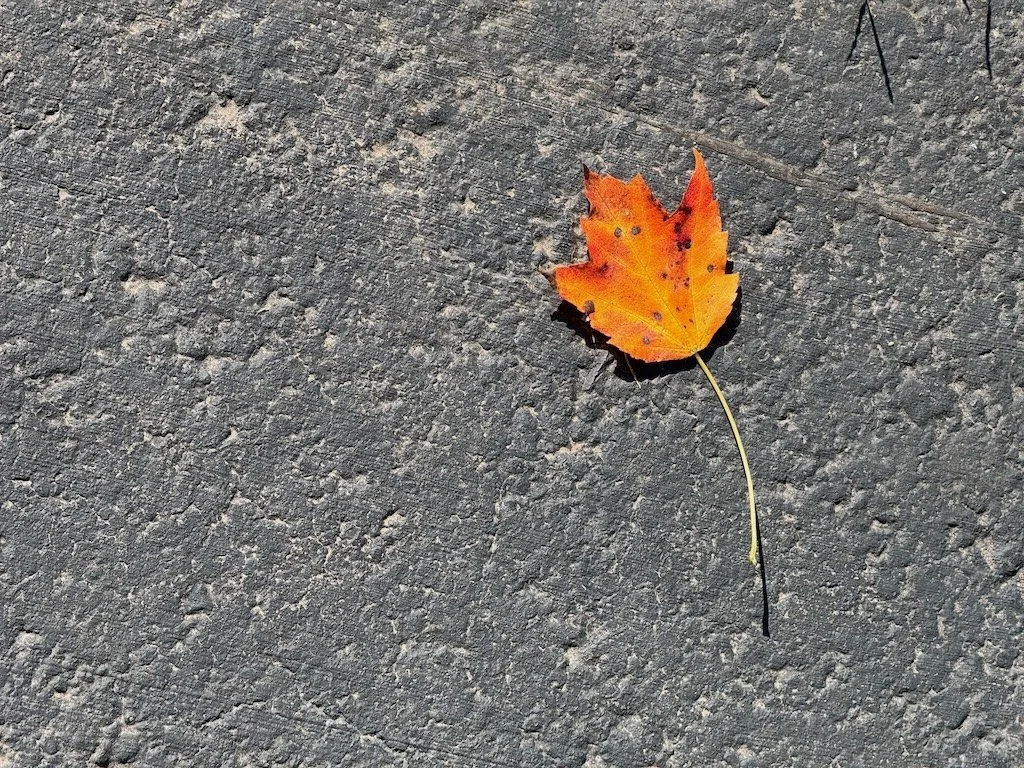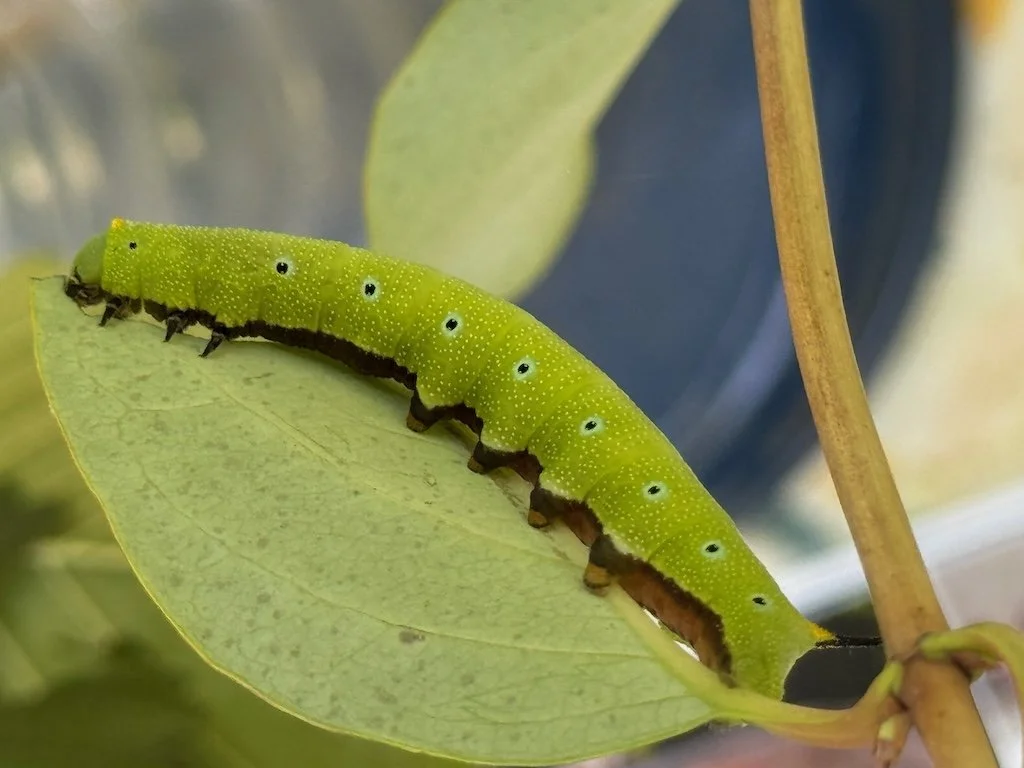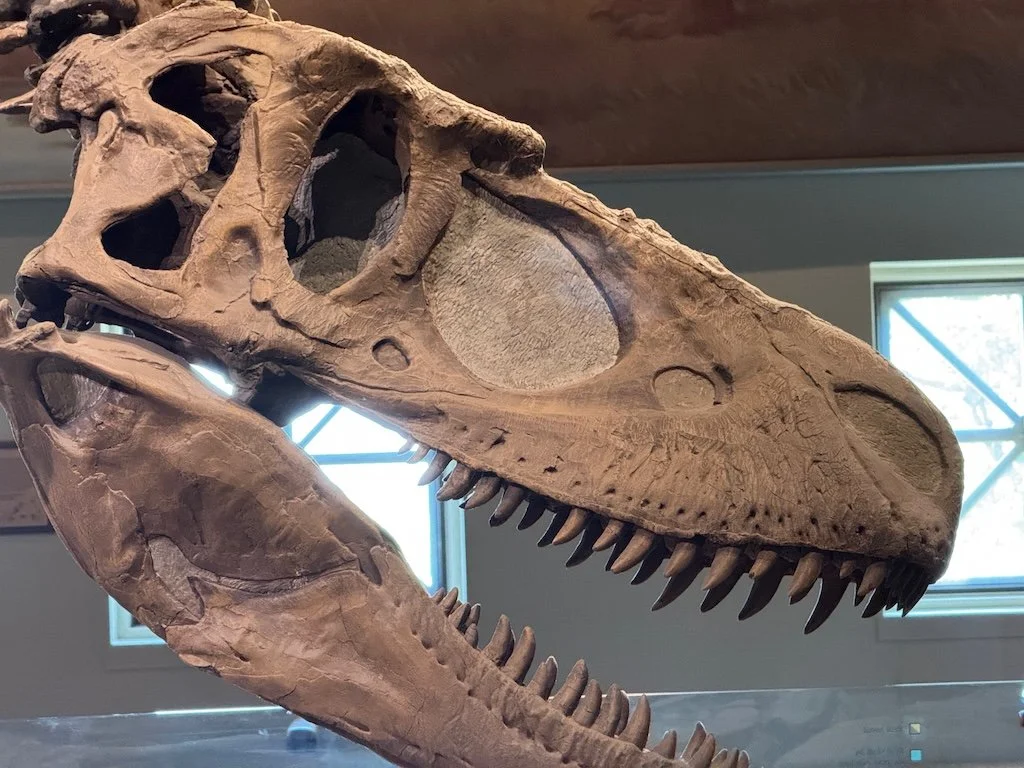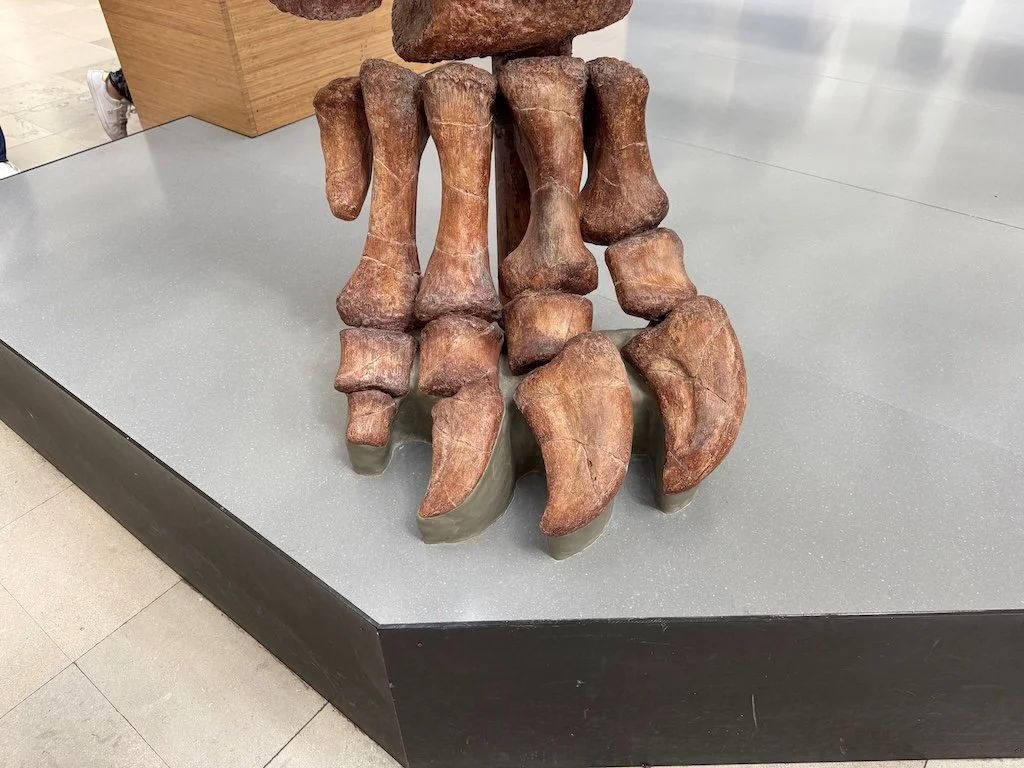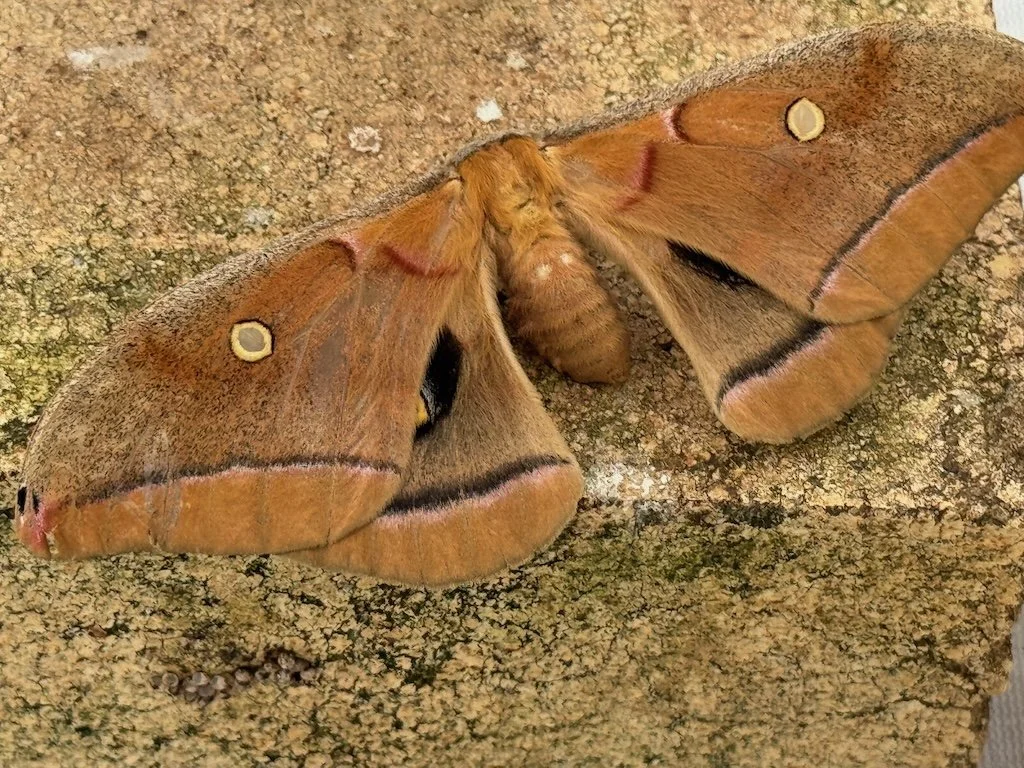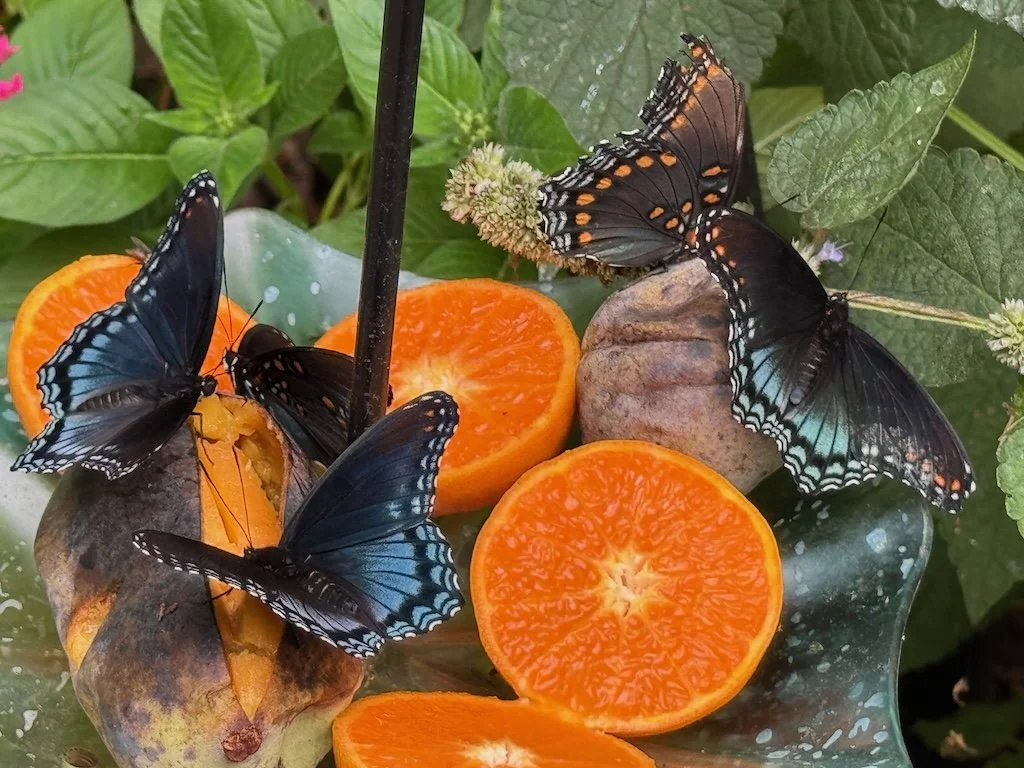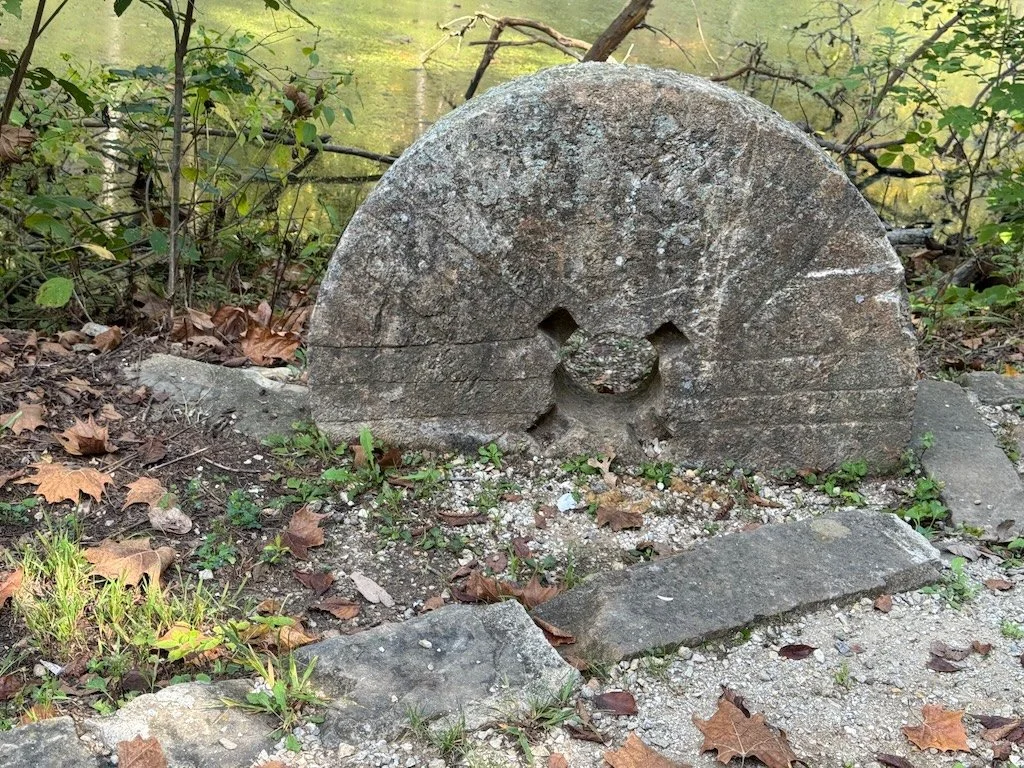Learning Log – November 2015
/October provide a variety of learning opportunities.
Two Coursera courses that I had worked on in September continued and completed. The Tibetan Buddhist Meditation and the Modern World course is the first of a series from University of Virginia. The first course was intense but worthwhile so I am watching for the next one to become available
Forests and Humans from University of Wisconsin-Madison was larger in scope that I had initially assumed. It became clear that to understand forests at all – one has to know something about the Earth systems that enable forests to exist – to thrive or decline. The mix of lecture, interviews, and readings was well done.
I’ve completed the first week of a new course: Ancient Egypt: A history in six objects from University of Manchester. The organization of the core material is very good…and that makes the references (there are quite a few very good ones they provide) easier to use.
Change always brings opportunity for learning. There were two instances that seemed more significant this past month:
The annual enrollment for health insurance. There are always a few changes that require study and choices have to be made. The package is as big as a small book!
I decided to experiment making Zentangle patterns on soft drink bottles to decide if I could transfer what I did on flat tiles to a curved surface (and maybe follow through to make the patterns on spherical balls for our Christmas tree). It was a learning experience…enjoyable but not enough for me to forge ahead with the higher cost project.
Travel learning is somewhat like the opportunities change brings: we tend to do different things when we travel away from home. Our fall foliage trip was my first Star Party so everything was new…and something I want to do again. The places we went in West Virginia were repeats but different enough to be learning experiences too; for example – there could have been puff balls at Beartown when we were there in 2001 but I would not have recognized them!

Sometimes a ‘travel’ type experience happens close to home too. I finally got a tour of the farmhouse at Mt. Pleasant farm…and learned about how the house had been enlarged around the original long cabin. The continuity of a family living there and modifying the house to meet their needs over the years was more interesting than many of the houses of wealthier people I’ve toured over the years.





